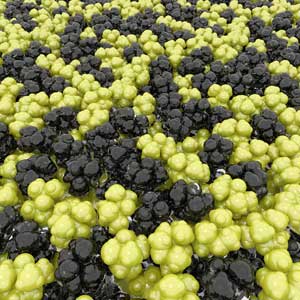
Tuesday, March 27, 2018
New glass-like polymer could conduct electricity for transparent electronics
Researchers have created a transparent polymer film that also conducts electricity, introducing an inexpensive organic material for applications such as the screens of electronic devices.
The future of photonics using quantum dots
Quantum-dot lasers are promising for integrated photonic circuits.
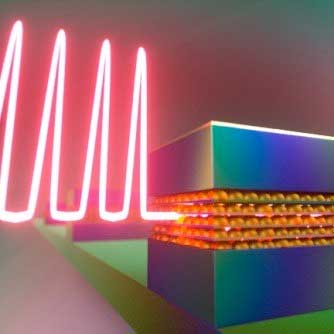
New nanotweezers open door to innovations in medicine, mobile tech
Scientists have developed opto-thermoelectric nanotweezers (OTENT) that will help lead to a greater understanding of matter and biological systems and open a range of possibilities for fundamental and technical innovation in nanophotonics.
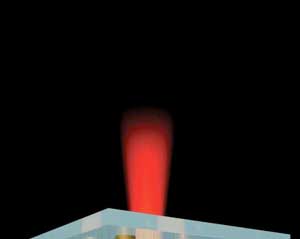
Exploring the thermoelectric properties of tin selenide nanostructures
Researchers discover that nanometer-thick tin selenide crafted in thin films of connected ?nanoflakes? shows promise for thermoelectric energy conversion.
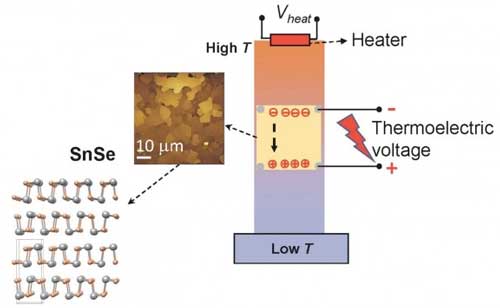
Molecular prison forces diatomic inmates to cell floor
Organic prison too crowded for molecular inmates to move about freely.
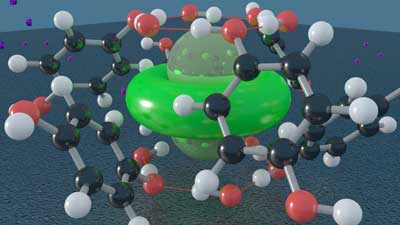
Cell-penetrating 'nanodrills' show promise for intracellular drug delivery
Researchers have created new nanomaterials able to cross cell membranes, establishing a novel platform for the intracellular delivery of molecular drugs and other cargo.
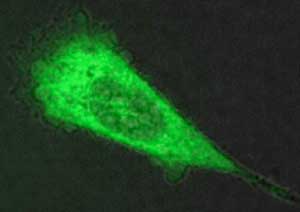
Understanding nanocatalysts' 'talk' could better inform design
Scientists published a paper, the culmination of years of study, that lays out a conceptual framework for understanding how a nanocatalyst particle works. The work could help inform better design of synthetic nanocatalysts down the road.
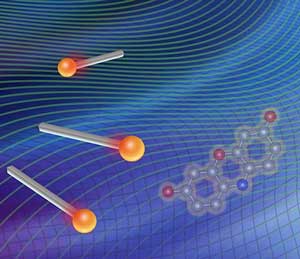
Thin-film could help manage heat flow in future devices
Researchers have demonstrated the ability of a thin film to conduct heat on just its surfaces, identifying a potential solution to overheating in electronic devices such as phones and computers.
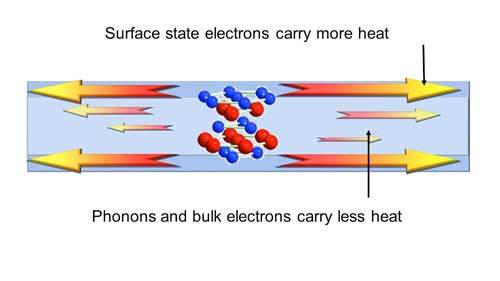
Tiny, tooth-mounted sensors that can track what you eat
Wireless real-time monitoring could add precision to the linkage between diet and health.
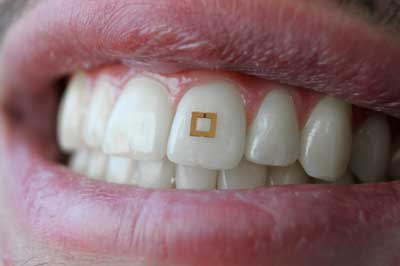
Metal-oxide/graphene nanosheet composite exhibits unprecedented energy storage properties
Single-layer metal oxide nanosheets sandwiched between graphene layers exhibit record energy storage figures of merit.
Modulating Superconductivity of 2D Atomic Layers of Indium with Charge Transfer from Self-assembled Organic Molecules
Charge and spin transfer from copper-phthalocyanine organic molecules self-assembled on superconducting atomic layers of indium modifies the superconducting transition temperature of the indium.
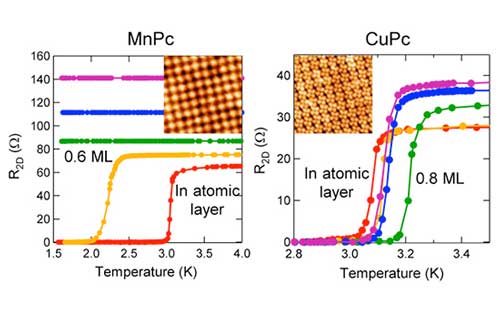
Subscribe to:
Comments (Atom)
